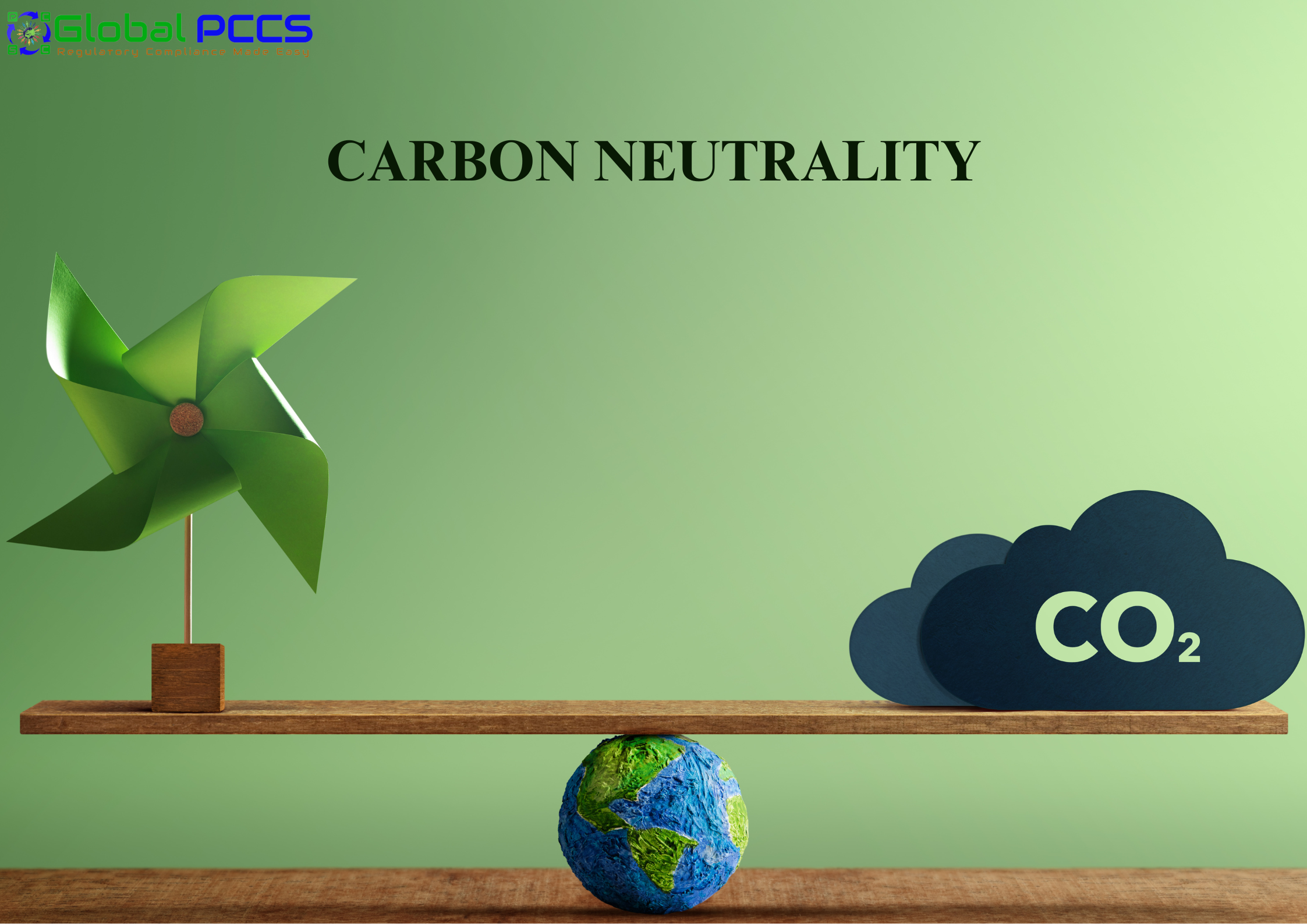Carbon Neutrality

About Course
Achieving a balance between the quantity of carbon dioxide (CO2) emissions discharged into the atmosphere and the quantity that is removed or offset is referred to as carbon neutrality. In order to achieve this balance, emissions are usually reduced to the lowest practicable level. The residual emissions are then balanced by methods like carbon sequestration or investments in programs like reforestation or renewable energy that either remove or reduce carbon from the atmosphere.
To do this, actions must be taken to reduce the quantity of greenhouse gases, such as CO2, that are emitted into the environment. This might involve utilizing renewable energy sources, adopting sustainable transportation and agricultural practices, increasing energy efficiency, and putting laws in place to restrict emissions from businesses.
Course Content
Module 1- Carbon Neutrality Overview
-
Understanding Carbon Neutrality and why is it a goal?
03:20 -
Significance of Net Zero with Climate Change
04:03 -
Challenges of achieving net zero emissions
05:37 -
The concept of net-zero emissions
02:52
Module 2- Carbon Offsetting
Module 3 – Roadmap to Carbon Neutrality
Module 4- Emission reduction and offsetting
Module 5 – Standards and tools
Module 6 – Implementation strategies
Module 7 – Suggestions for Reaching Net Zero
Module 8- Take away points
Carbon Neutrality- Test
Earn a Certificate & Up-skill yourslef
Add this certificate to your CV to demonstrate your skills & increase your chances of getting noticed & promoted.
